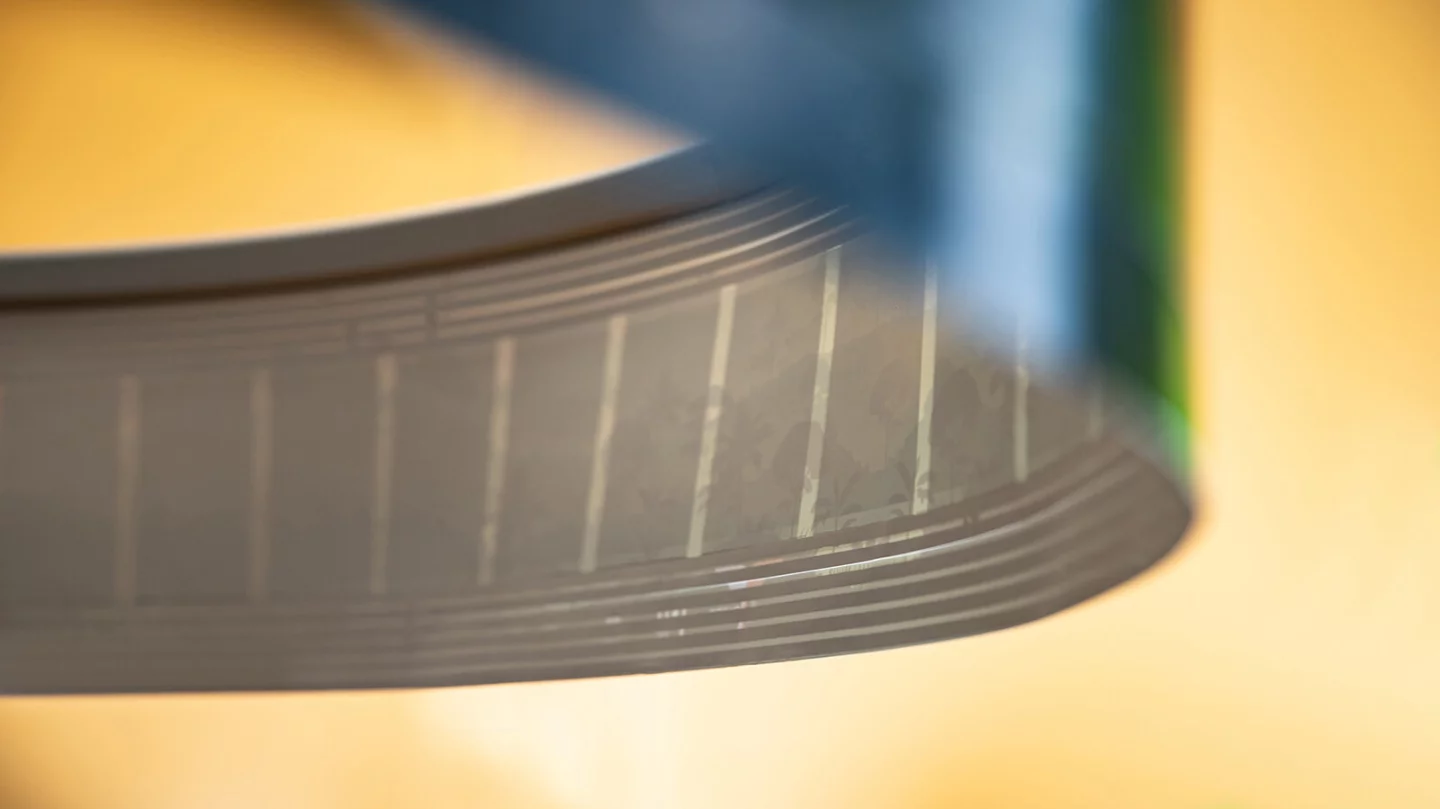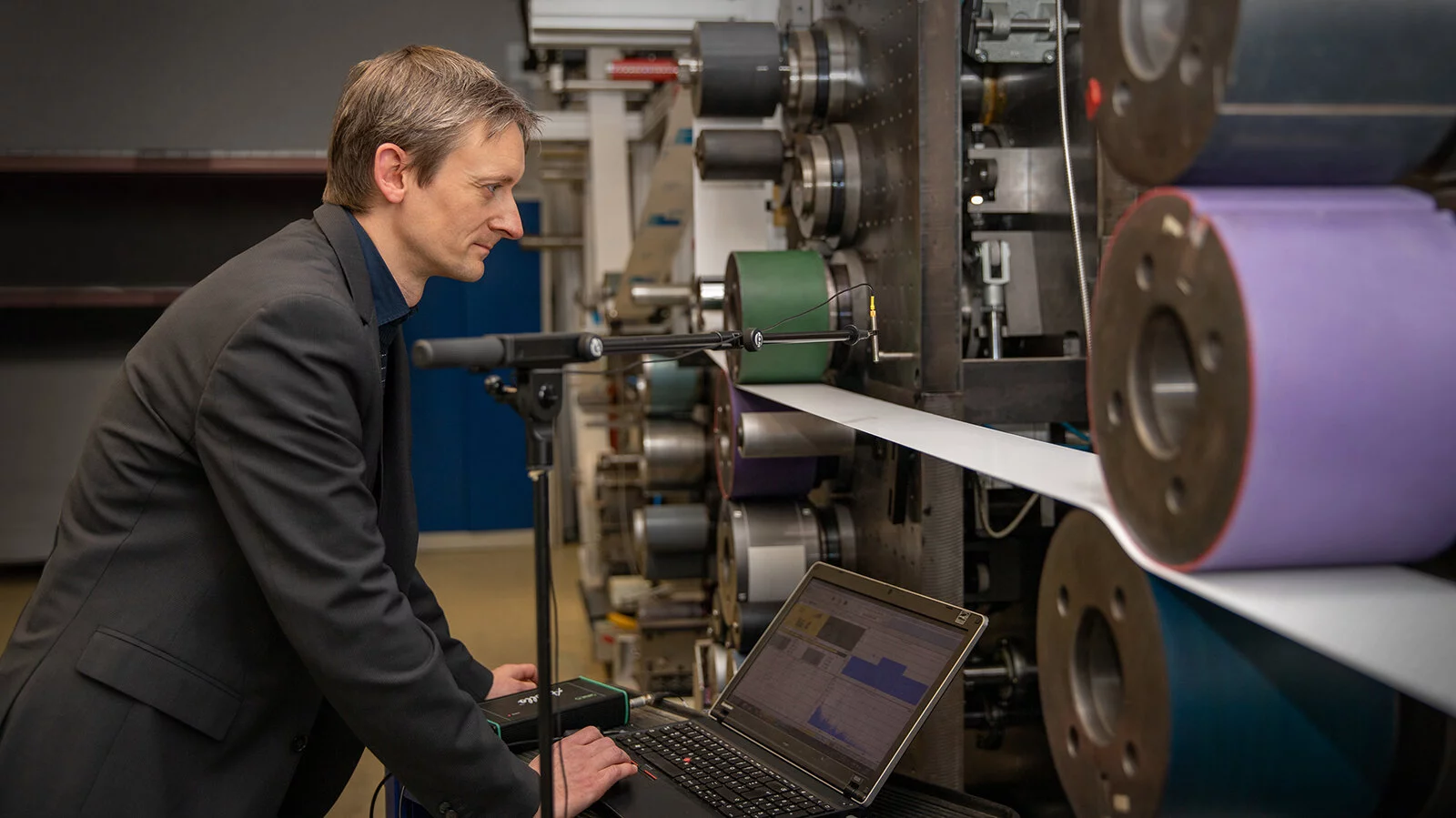Scientists at Germany’s Chemnitz University of Technology have spent years developing compact and discreet speakers that are quite literally paper thin, and the latest breakthrough improves on this technology for a more immersive experience. The scientists have come up with a way to print continuous rolls of paper loudspeakers that can be fashioned into circular rings to offer surround sound, which they hope could serve as low-cost infotainment systems for interior spaces.
The research was carried out at the university’s Institute for Print and Media Technology and builds on a 2015 breakthrough called the T-Book. This consisted of an illustrated book with integrated electronics acting as speakers hidden inside the pages that played sounds as the user turned the page.
"The T-Book was and is a milestone in the development of printed electronics, but development is continuing all the time," says Prof. Dr. Arved C. Hübler.
The pages of the T-Book were created through a semi-automated process that produced one sheet at a time. These sheets featured two layers of conductive organic polymer that functioned as electrodes, while a piezoelectric layer was sandwiched in between to cause vibrations in the material and generate sound as a result.
The team has now turned its attention to making T-Paper, or segments of this speaker paper that can be printed on rolls rather than single sheets at a time. This was achieved by laminating the functional layers in a technique known as roll-to-roll processing, where materials are applied as paint and coatings to flexible foils that act as a substrate.

"This allows electronics to be embedded in the paper – invisibly and protected," says Hübler.
The team explored the potential of the new T-Paper by producing a prototype circular ring speaker dubbed T-Ring. The device is made from 90 percent conventional paper, which can be printed on either side in color, and weighs just 150 g (5.3 oz).
"In our T-Ring prototype, an almost four-meter-long (13-ft) track with 56 individual loudspeakers was connected to form seven segments and shaped into a circle, making a 360-degree surround sound installation possible," says project leader Georg C. Schmidt.
This type of loudspeaker could make its way into museums and trade shows, says the team, or find use in the advertising industry. It also imagines long stretches of the T-Paper could be integrated along the sides of long corridors for homogenous sound systems.
The research was published in the journal Advanced Materials.






